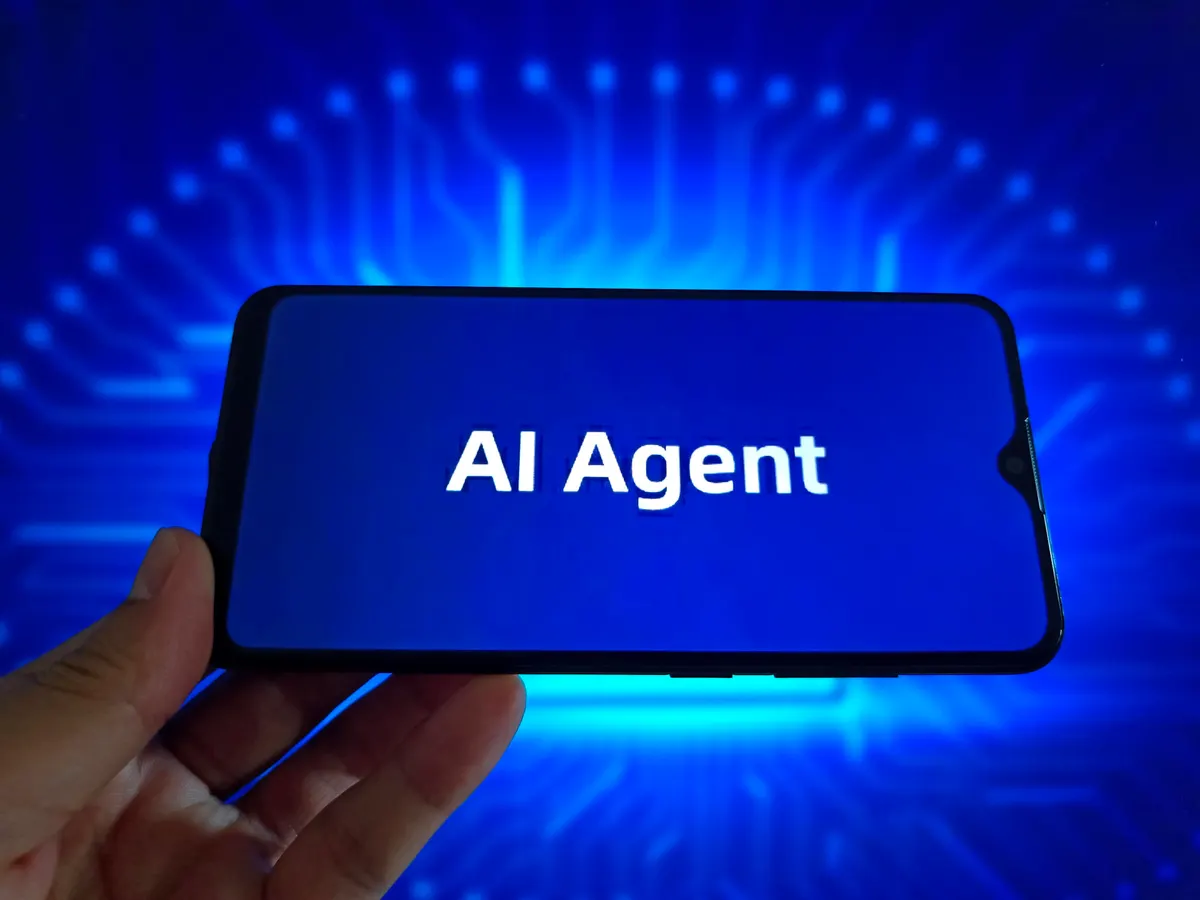Copyright Forbes

An organization’s AI adoption strategy will define its competitive edge. CIOs must manage the fast rollout of AI from multiple vendors and understand how users leverage it to enhance experiences. The next step is designing agent-to-agent (A2A) interactions—automating and connecting multiple AI agents—a trend reflected in recent major tech company announcements. Below are key announcements and how healthcare CIOs should evaluate their strategy. Google Google Cloud has launched Gemini Enterprise. Google positions this platform as one that unifies all AI capabilities and provides ease in creating AI agents. The Gemini enterprise platform offers AI agent creation with a "no code" workbench, formerly called Agentspace, which supports users in developing AI agents without requiring coding skills. The platform also includes pre-built Google AI agents and connectivity to various third-party applications. Amazon Amazon’s Bedrock AgentCore serves as an enterprise platform focused on foundational operations and security. AgentCore is designed to provide the essential infrastructure for running and managing production AI agents securely and at scale. The key components of the platform are: AgentCore Identity enables agents to act on behalf of users across multiple systems. AgentCore Runtime is a serverless, low-latency environment. AgentCore Gateway provides secure API access for agents. MORE FOR YOU Salesforce The company is aligning its products, platform, and partnerships under Agentforce 360, aiming to show customers that Salesforce connects people, data, and systems through an intelligent and trusted framework. The main components of Agentforce 360 are: Agentforce Builder is a low-code/no-code environment that enables the building and testing of agents within a single interface. Agent Script is a scripting language designed to prompt the AI agent’s behavior, enabling more effective responses to if/then scenarios. Agentforce Voice delivers conversational voice agents tailored to a brand and integrates with contact-center platforms. CIO’s Point Of View Healthcare CIOs seek a platform that enables them to manage all AI agent capabilities. One way to design an agent-to-agent (A2A) interaction is by automating hospital functions such as the contact center, physician workflows, and patient insurance eligibility checks. This A2A workflow identifies patient eligibility, triggers automated appointment scheduling based on patient convenience, and generates a summary of relevant information for physicians ahead of the visit. A2A automation begins with Amazon AgentCore’s infrastructure, which powers complex automation by securely connecting to various data sources and triggering API actions. The Salesforce agent integrates with the contact center, interacts with the patient, collects demographic and insurance data, and determines eligibility for service. After verifying eligibility, the Salesforce agent schedules the appointment and contacts the Google Gemini agent, which makes an API call to the EHR system and compiles a summary of the patient’s medical history and past appointments for the physician. This scenario shows how AI agents and platform integrations can streamline complex tasks. Every AI platform competes to be the central coordinator for driving A2A automation across systems. CIOs demand secure, flexible platforms that integrate seamlessly. Whether A2A agents will replace humans in routine tasks and enable them to focus on higher-value work remains uncertain.



